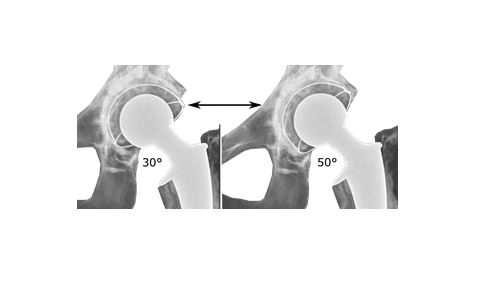Last Updated on December 31, 2023 by The Health Master
Medical devices development can gain traction only with innovation and research. But maintaining and sustaining quality while keeping the manufacturing costs down is a challenge, said Dr. Ashutosh Mundkur, VP of sales & marketing, India at Murata Vios.
Although a device may be manufactured in India or even assembled here, many of the raw materials and components are imported. Customs duties, import licenses, MoQ (Minimum order quantity) expectations from material suppliers cause manufacturing and supply chain challenges, he added.
On the marketing side, pricing is a major concern for quality products. There must be a balance between the two. Low-cost imported products from China are viewed as very viable options though many of them may not meet the expected quality and durability standards, Dr Mundkur told.
In most cases, the cost of the product and service are borne by the customer. This is due to inadequate insurance coverage which is a deterrent for the acceptance of good quality products and services. The hospitals pass on the costs to the patients and thus the preference is on low-cost products. Given this situation, cost becomes a decisive factor and prevents widespread adoption of newer technologies, he said.

According to him PLI is a manufacturer-friendly scheme which will be a big boost for Indian medical devices industry and will help the sector become a force to reckon with globally. The focus should also be on meeting global standards of quality such that there is no apprehension on Made in India products. India has immense talent and capability to manufacture the most complex medical devices which should be leveraged.
He feels that India can add more medical device parks on similar lines that of Andhra Pradesh and Telangana. The country should also be able to attract foreign medical device companies to set up their manufacturing centers here. Here we can take a cue from the automobile and electronic manufacturing industry.
While Japanese products are known for quality thus the growth prospects are high for customers seeking quality products. However, on the flip side, India is a price-sensitive market and hence one must be cognizant of this fact and balance both product quality and feature while delivering great value to consumers, he said.
Technologies like remote medical devices (RMD) are transforming the healthcare landscape.
From reduction of medical attention facilitation costs to delivery of higher clinician productivity, increased operational efficiency, and improved patient outcomes, remote patient monitoring is here to stay. RMD enables patients to be always under constant clinical observation which reduces the chances of critical event occurrence.
Trends that are driving the demand for remote monitoring devices, he said, the three trends driving the demand for RMD are reduced costs, improved workflow, convenience to all stakeholders with regards to patient care.
Licensing procedure for Medical devices
Latest Notifications: Medical Devices
India and Pharmacy Education: Chapter: 2
88% price reduction of 5 Medical Devices reported: NPPA
FDA approves 7 more units to manufacture Remdesivir
Pharmexcil seeks list of products from Pharma Exporters
NPPA fixes ceiling prices of 355 Medicines and 882 Formulations
CDSCO classifies 208 Medical Devices in various categories
For informative videos by The Health Master, click on the below YouTube icon:
For informative videos on Medical Store / Pharmacy, click on the below YouTube icon:
For informative videos on the news regarding Pharma / Medical Devices / Cosmetics / Homoeopathy etc., click on the below YouTube icon:
For informative videos on consumer awareness, click on the below YouTube icon:









